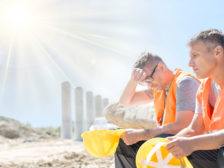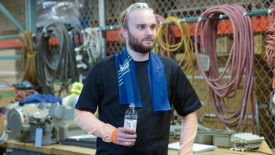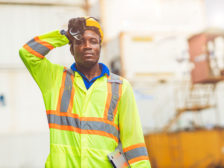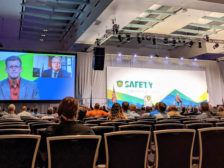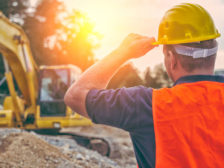Home » heat stress
Articles Tagged with ''heat stress''
Editorial
OSHA seeks public input to gather diverse perspectives and expertise
November 1, 2021
Editorial Comments
Heat exposure has killed hundreds of U.S. workers — it’s time to do something about it
September 1, 2021
Get our new eMagazine delivered to your inbox every month.
Stay in the know on the latest safety trends.
SUBSCRIBE TODAYCopyright ©2024. All Rights Reserved BNP Media.
Design, CMS, Hosting & Web Development :: ePublishing
